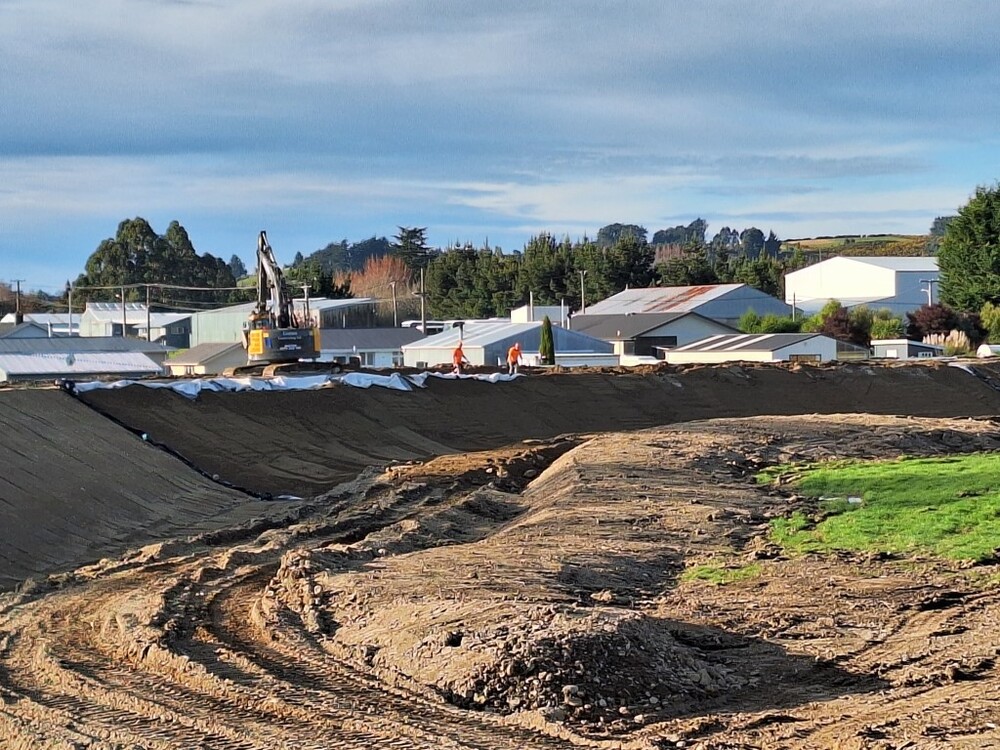In a significant stride towards enhancing Gore's resilience against floods, Environment Southland has successfully completed the construction of a new stopbank along Ontario and Toronto streets. This new infrastructure replaces an aging concrete flood wall, ensuring a consistent level of protection similar to other stopbanks safeguarding the township.
The construction process utilised gravel sourced from a gravel island downstream of the Mataura Bridge with approval granted by landowners and mana whenua, Hokonui Rūnanga. This strategic use of resources not only facilitated the construction, but also addressed the increased gravel buildup in the Mataura River below the bridge after flooding in February 2020.
By removing excess gravel, the project also aims to enhance the river's capacity to accommodate future floodwaters at Mataura township.
Efforts were made to reinstate fencing and hydroseed (spray with a combination of grass seed, water and mulch) safeguarding the integrity of the stopbank. Proactive measures were also taken to remove high-risk trees along River and Richmond streets, to further protect Gore’s stopbanks. The upgrade of flood protection for Gore is part of a comprehensive programme of climate resilience work planned for the Mataura River catchment.
The momentum towards bolstering flood defences in Southland extends beyond Gore. Environment Southland has commissioned a 2D Hydraulic model of the Mataura River flood hazard covering Gore, Mataura, Waimumu and Wyndham. The model will support greater efficiency in flood protection design work (for Stage 2) and will mean that Environment Southland can run different scenarios to determine possible solutions and engage with the affected communities to agree on the best approach. This will also enable the modelling of the effects of different infrastructure within a waterway and the risks these could pose with debris buildup for different flooding scenarios, including the main road and rail bridge in Gore that provide vital links between Murihiku Southland and the rest of the country.
Kānoa – Regional Economic Development & Investment Unit is supporting six projects in Southland as part of the Resilient River Communities initiative.
